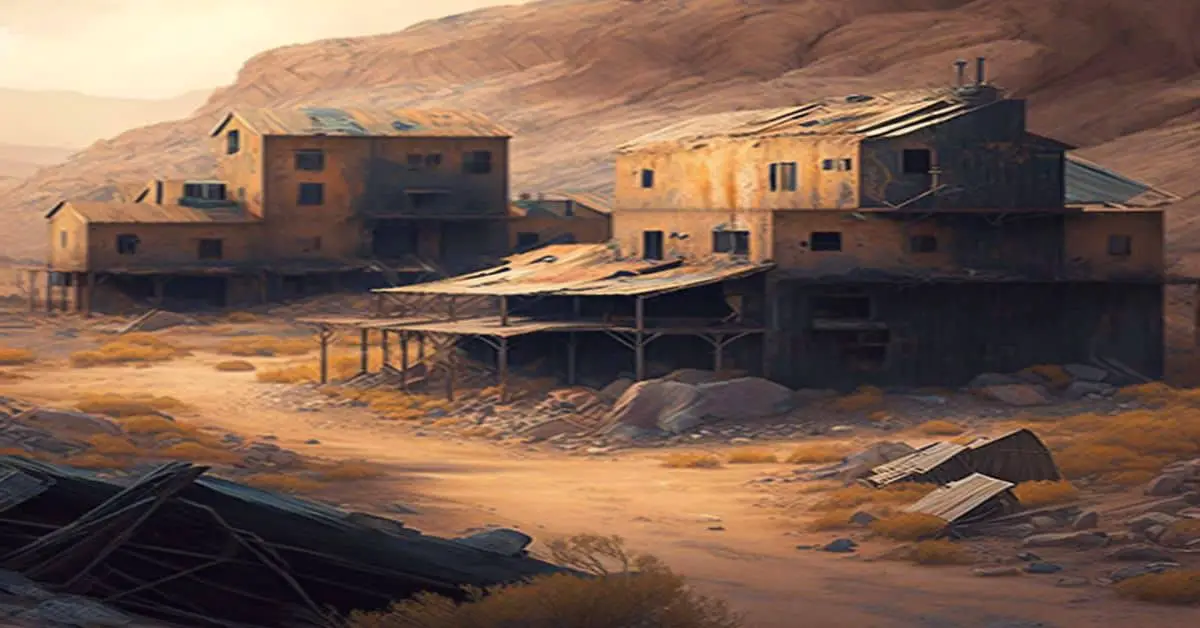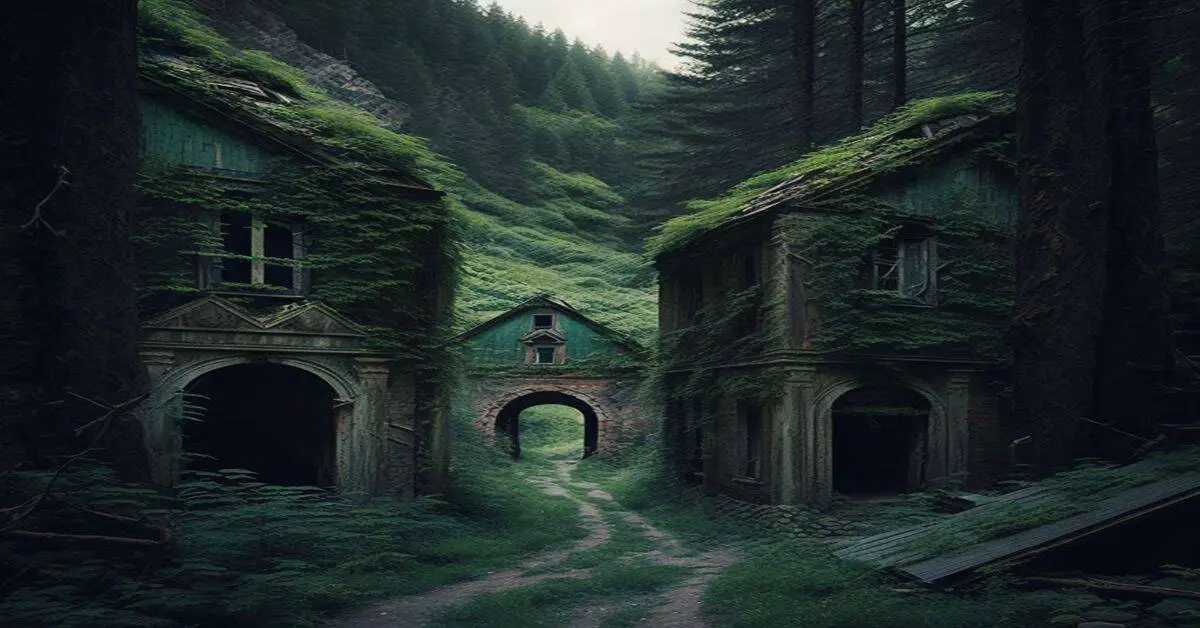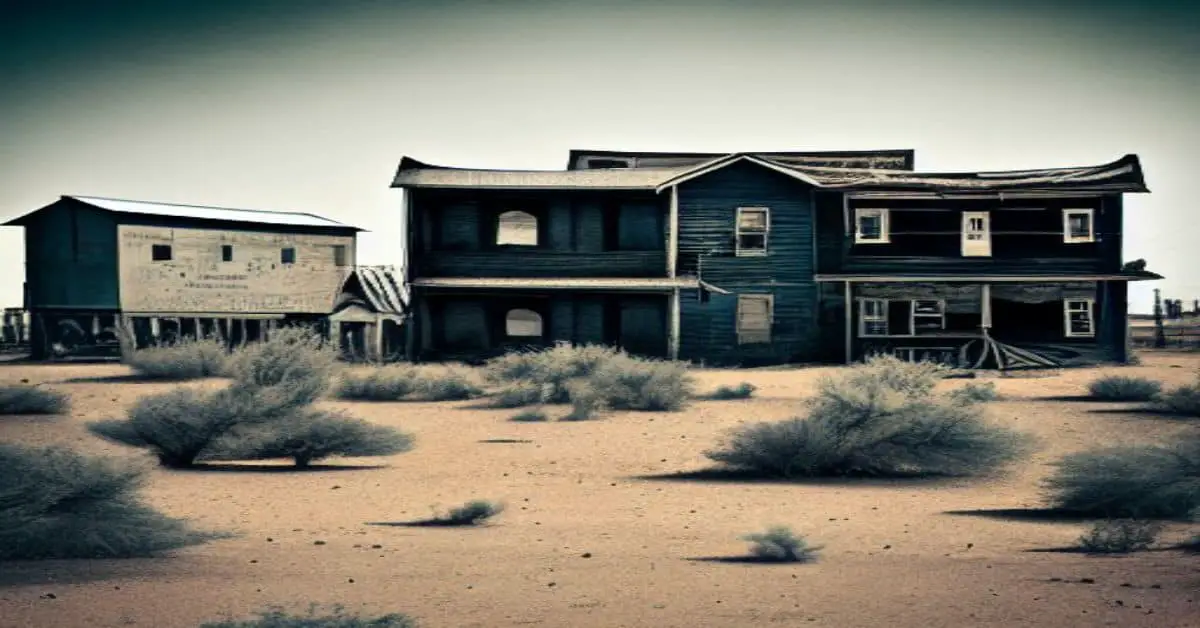Discover White Pine: Colorado’s Forgotten Ghost Town is a fascinating journey back to a once-thriving mining community that suffered the same fate as many others in the late 19th century. Near Pitkin in Gunnison County, White Pine was founded around 1878 when rich silver deposits were discovered.
Despite never attaining boomtown status, the town survived for a few decades before ultimately deserted in 1894. Today, White Pine is a true ghost town, with many original buildings and the White Pine Cemetery still in existence, offering an intriguing glimpse into the past.
White Pine’s history is closely tied to the mining industry that dominated Colorado’s economy in the late 19th century. The discovery of rich silver deposits in the area led to a mining boom, and White Pine was one of many towns that sprang up to support the industry. Despite its modest size, White Pine boasted a school, a post office, a hotel, and several saloons.
However, the town’s fortunes were short-lived, as declining silver prices and the depletion of the local ore deposits led to its abandonment. Today, White Pine stands as a testament to the resilience and hardships of those who sought their fortunes in the Wild West, and it offers a unique opportunity to explore Colorado’s rich mining history.
Key Takeaways
- White Pine was a small mining town in Colorado that was founded in 1878 to support silver mining.
- The town had a school, post office, hotel, and several saloons and was abandoned in 1894 due to declining silver prices and depletion of local ore deposits.
- White Pine is a popular destination for tourists interested in Colorado’s mining history and offers outdoor activities such as hiking, fishing, camping, and skiing.
- Today, White Pine is a ghost town with original buildings still standing but abandoned, and preservation efforts have been made to stabilize and restore some of the buildings. Visitors can take a self-guided town tour and visit the White Pine Cemetery.
Location and Climate
The location of White Pine, a Gunnison county ghost town near Pitkin, is characterized by a cold winter climate with snow and a mild summer climate, making the best time to visit during the summer months. The town is in the Rocky Mountains, surrounded by various geographical features such as forests, mountains, valleys, and rivers.
Visitors can enjoy various outdoor activities in the area, including hiking, fishing, camping, and skiing during winter. The town’s elevation is approximately 9,300 feet, with the surrounding peaks reaching 14,000 feet. The climate is generally dry, and the average temperature during the summer months is around 70°F.
However, visitors should be prepared for sudden weather changes, as the area is prone to thunderstorms and hailstorms during summer. Despite the harsh winter climate, the town could sustain its silver mining industry for almost two decades.
Today, White Pine remains a popular destination for tourists interested in exploring Colorado’s rich mining history.
History and Mining
Silver deposits were first mined in the area around 1878, leading to the establishment of the settlement known as White Pine.
The initial mining techniques involved using hand tools and mules to extract the precious metal from the earth.
However, as the demand for silver increased, more advanced technologies were introduced, including steam-powered machinery and explosives.
Notable figures in the history of White Pine’s mining industry include the entrepreneur Horace Tabor, who invested heavily in the area’s silver mines, and the mining engineer Richard Pearce, who oversaw the construction of the White Pine Mill.
Despite the wealth generated by the silver mines, White Pine never attained the status of a boomtown.
The town suffered from a history of avalanches, many of which resulted in fatalities, and was also affected by the national economic downturn that followed the Panic of 1893.
By 1894, the town had been abandoned, although sporadic bursts of activity were reported around 1900.
Today, the remains of White Pine’s mining infrastructure serve as a reminder of the town’s once-thriving industry.
Present-Day White Pine
Remnants of the mining infrastructure at this location serve as a testament to the once-thriving industry. Today, White Pine is a ghost town, with original buildings still standing but abandoned. However, there have been recent efforts to preserve what remains of the town.
Activities like hiking, camping, and fishing in the surrounding area are available to help visitors enjoy what is left of this forgotten town. Visitors can also take a self-guided tour of the town and learn about its history.
Preservation efforts have also been made, with some buildings stabilized and restored. The White Pine Cemetery still exists and is open to visitors. Despite its tragic history, White Pine’s present-day state offers visitors an opportunity to step back in time and experience the remnants of a once-thriving community.
Frequently Asked Questions
What caused the avalanches in White Pine, and were any measures taken to prevent them?
The causes of avalanches in White Pine, Colorado were likely due to the region’s climate and topography. It is unclear whether any prevention measures were taken, but the town’s history suggests that fatalities occurred due to avalanches.
Was there any notable wildlife or natural scenery surrounding White Pine?
The area surrounding White Pine, Colorado was characterized by abundant wildlife sightings and scenic beauty. The region was home to various species of animals such as elk, deer, and mountain goats. The landscape featured picturesque mountains, forests, and valleys.
How did the crash of 1893 impact the residents of White Pine, and were there any attempts to revive the town afterwards?
The crash of 1893 devastated White Pine’s economy, causing many residents to leave the town. Despite sporadic attempts to revive the town in the early 1900s, it remained largely deserted, with limited economic opportunities beyond the gold rush.
Are there any notable ghost stories or legends associated with White Pine?
No recorded ghostly tales or supernatural sightings are associated with White Pine, a deserted mining town in Colorado. Despite its rich history and tragic past, no evidence suggests any paranormal activity in the area.
Have any efforts been to preserve or restore the remaining buildings in White Pine?
Preservation efforts have been made to protect the remaining buildings in White Pine due to its historical significance as a silver mining town in the late 1800s. The town has never achieved boomtown status and was deserted by 1894.


